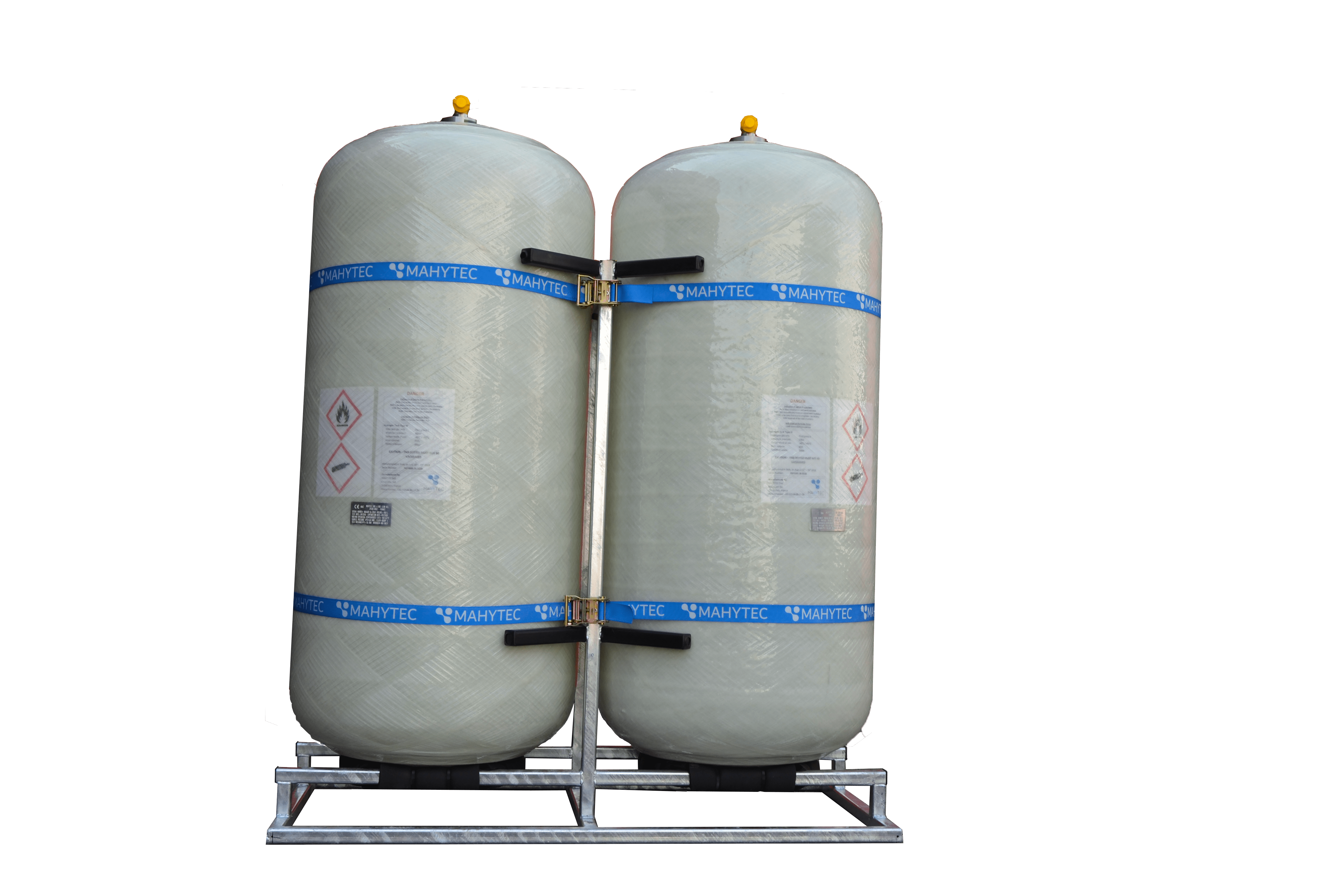
Device to increase pressure of hydrogen gas
a hydrogen compressor is a device that increases the pressure of hydrogen by reducing its volume resulting in compressed hydrogen or liquid hydrogen. Traditionally, applications for hydrogen compressors included chlorine electrolyser and many chemical applications like the production of hydrogen peroxide (hppo). The newer applications related to green and environmentally friendly technologies include fuel cells and electrolysis for hydrogen production. Compressor vs pump[ edit ]
hydrogen compressors are closely related to hydrogen pumps and gas compressors : both increase the pressure on a fluid and both can transport the fluid through a pipe.
As gases are compressible, the compressor also reduces the volume of hydrogen gas, whereas the main result of a pump raising the pressure of a liquid is to allow the liquid hydrogen to be transported elsewhere.
See also [ edit ]
Brunner explains that a cryo-compressed hydrogen storage system “is an insulated pressure vessel that you overfill with cold h2 gas — what we call cryogas — that has 80% higher density than ambient temperature h2 gas at 700 bar, up to 80 grams/liter. ” higher density enables storing more h2 fuel in the tank for longer range.
 Brunner says
cch2 provides a solution between the two extremes of cgh2 at ambient temperature and high pressure (700 bar) and lh2 below its boiling point of -253°c/20 k at ambient pressure (see “bmw cch2 storage, cryogenic gas denser than lh2” graph above).
Brunner says
cch2 provides a solution between the two extremes of cgh2 at ambient temperature and high pressure (700 bar) and lh2 below its boiling point of -253°c/20 k at ambient pressure (see “bmw cch2 storage, cryogenic gas denser than lh2” graph above).
Hydrogen is typically produced at relatively low pressures (20–30 bar) and must be compressed prior to transport. Most compressors used today for gaseous hydrogen compression are either positive displacement compressors or centrifugal compressors. Positive displacement compressors can be reciprocating or rotary. Reciprocating compressors use a motor with a linear drive to move a piston or a diaphragm back and forth. This motion compresses the hydrogen by reducing the volume it occupies. Reciprocating compressors, sometimes called recips for short, are the most commonly used compressor for applications that require a very high compression ratio. 1rotary compressors compress through the rotation of gears, lobes, screws, vanes, or rollers.
A new hydrogen compressor developed at southwest research institute (swri) can improve the efficiency and reliability of hydrogen compression used in the refueling of fuel cell electric vehicles (fcevs). The swri-developed linear motor-driven reciprocating compressor (lmrc) is designed to compress hydrogen as a fuel source for fcevs and other hydrogen-powered vehicles. The advanced compression system utilizes a novel concept of driving a permanent magnet piston inside a hermetically-sealed compressor cylinder through electromagnetic windings. Schematic of lmrc. Broerman et al. The lmrc is an improvement over conventional reciprocating compressors as it minimizes the mechanical part count, reduces leakage paths, and is easily modularized for simple field installation.